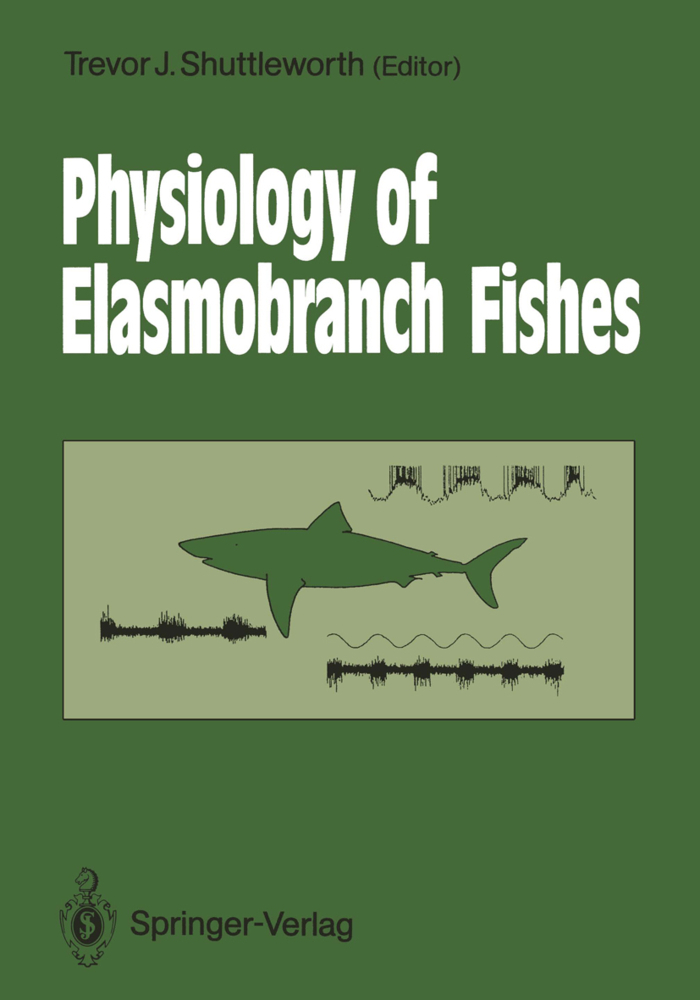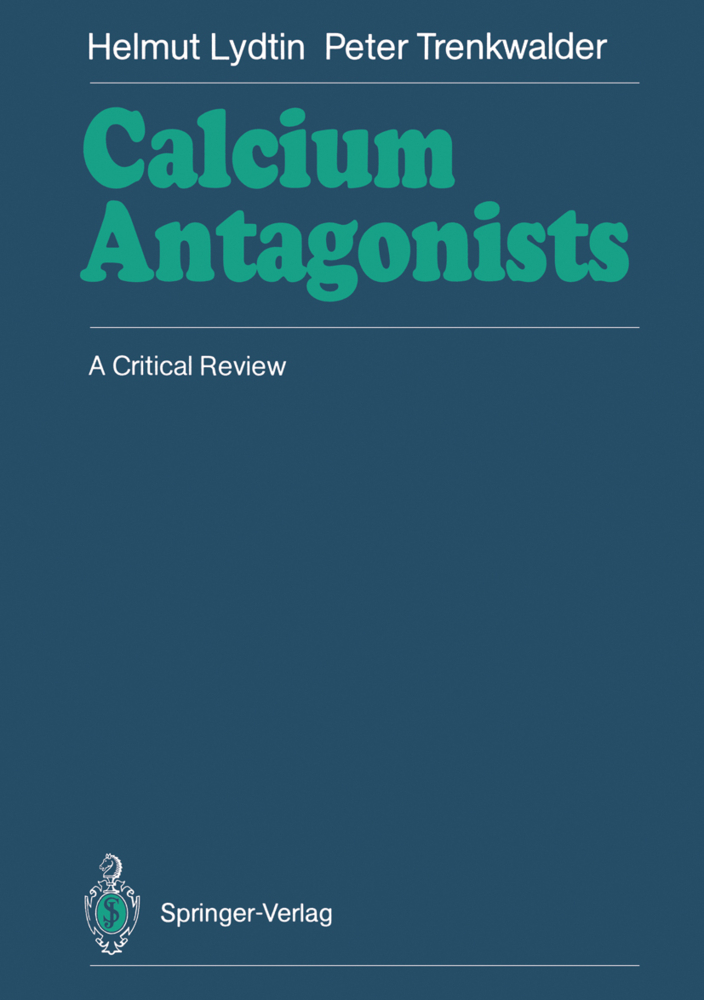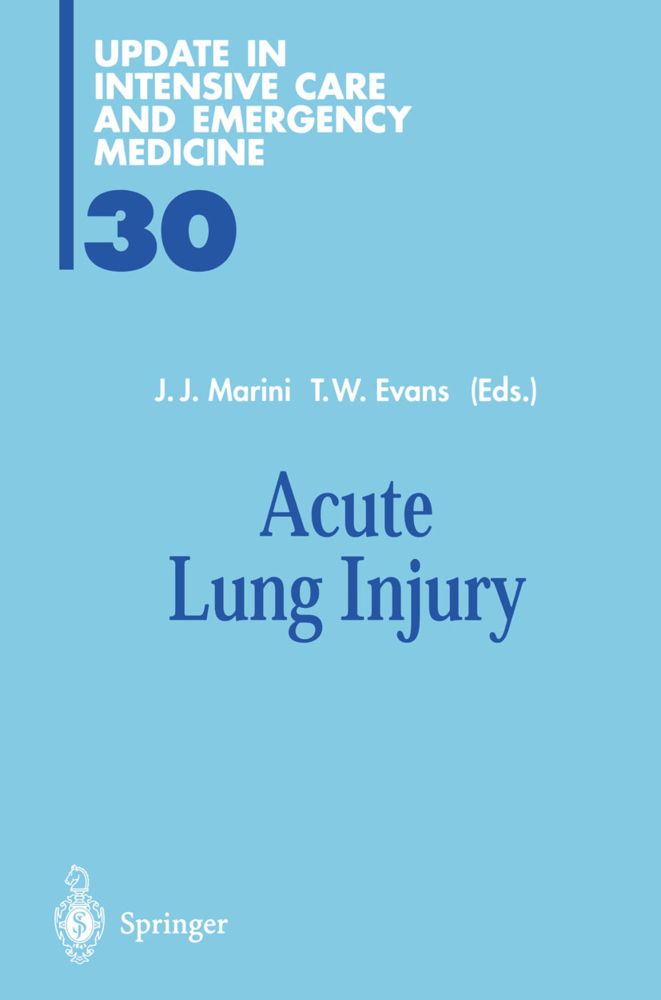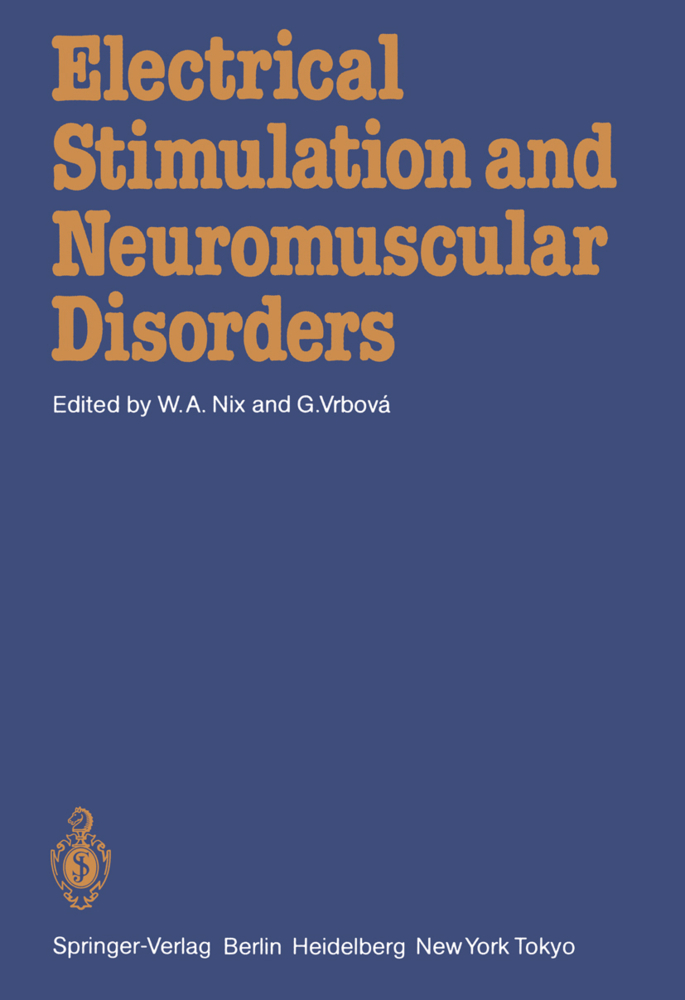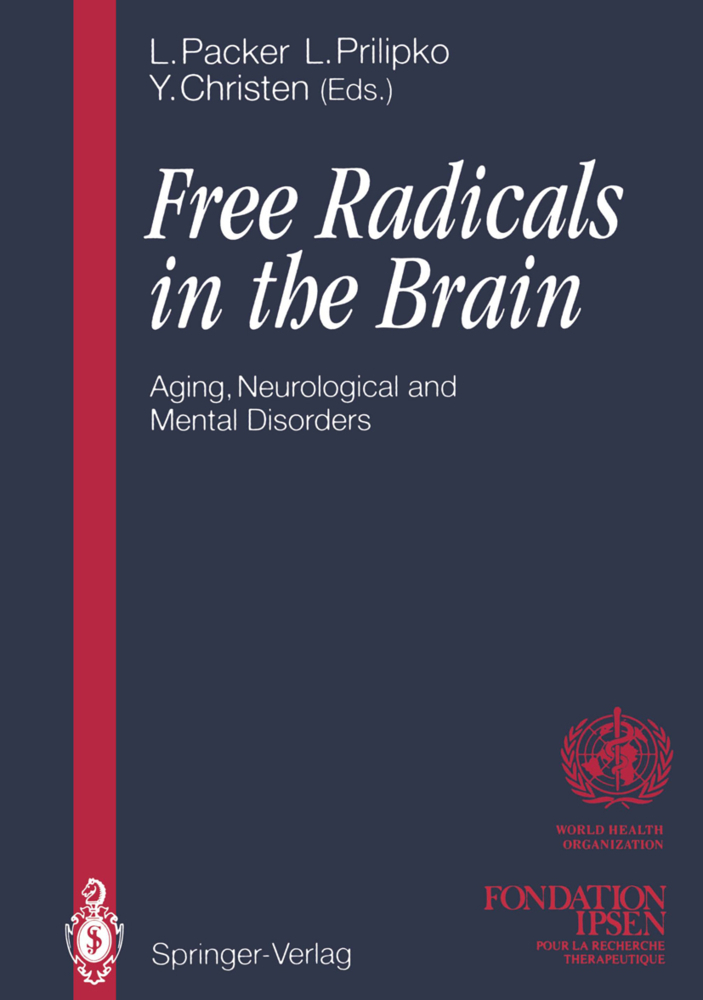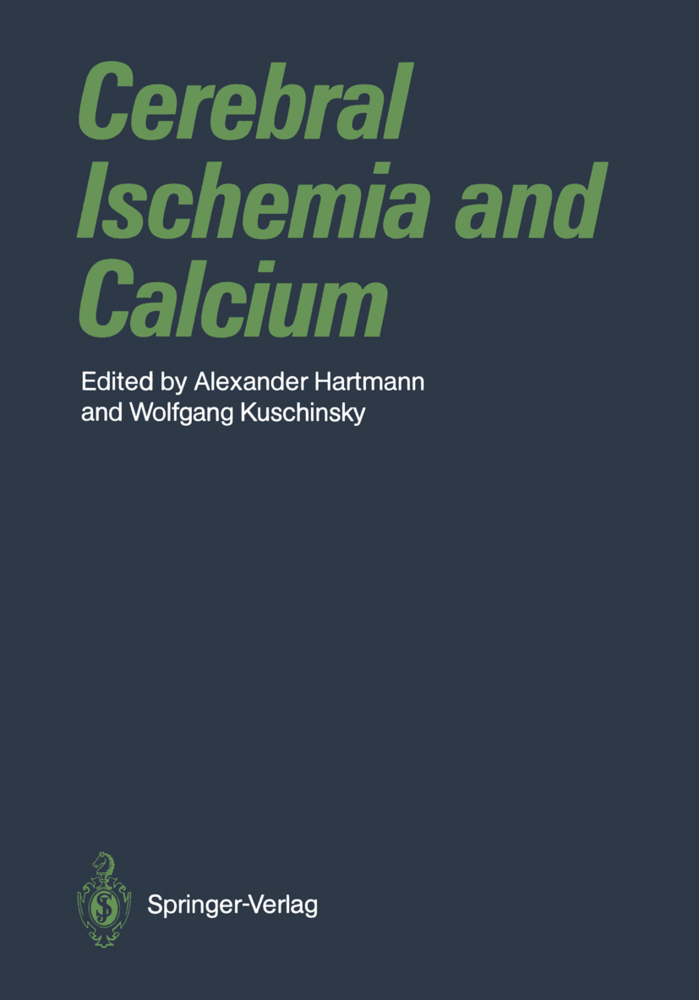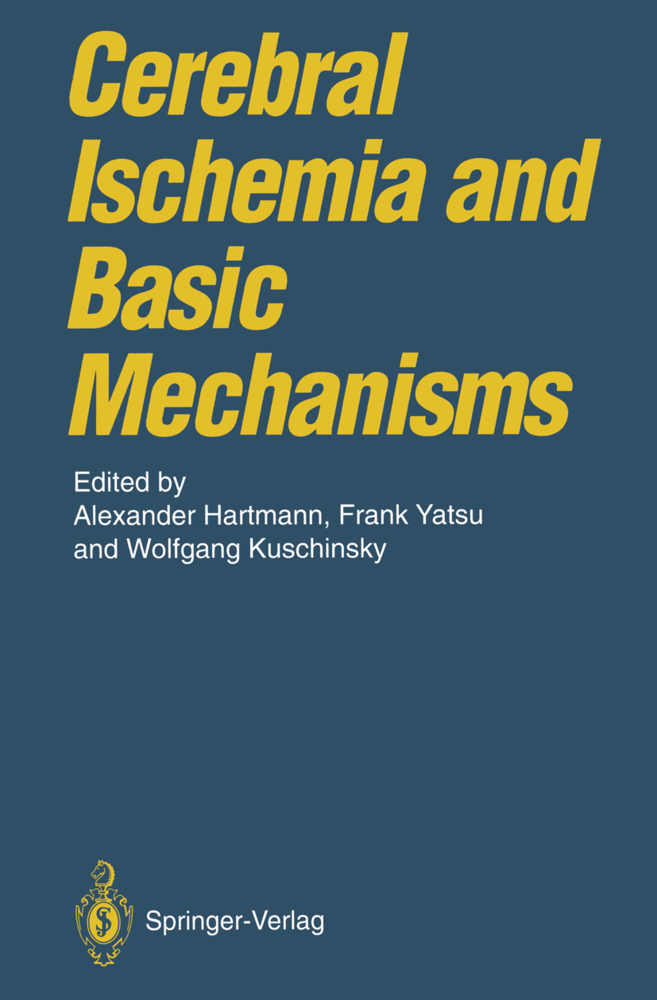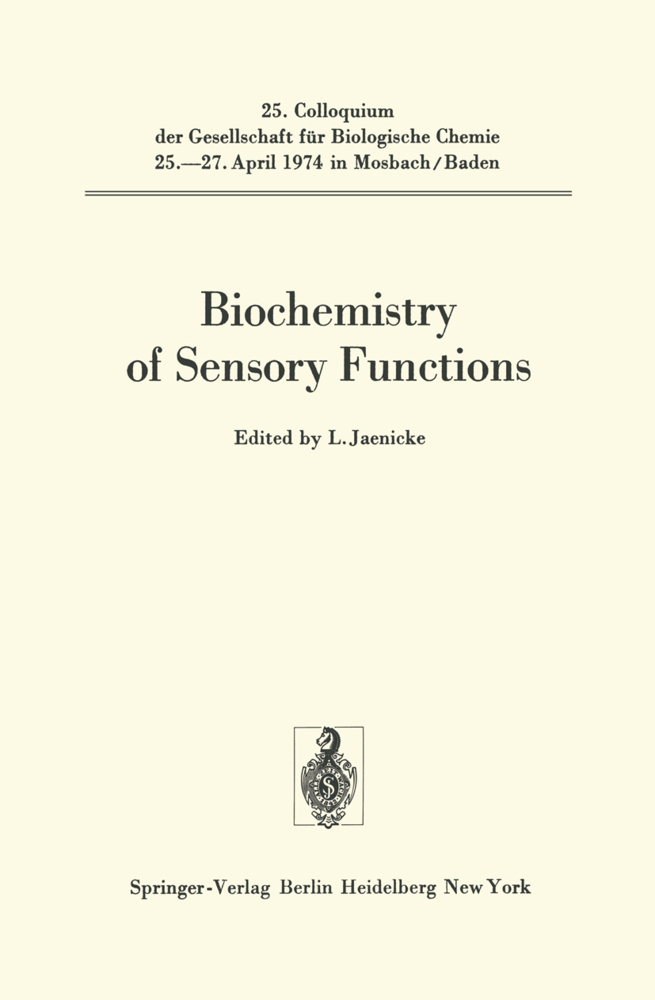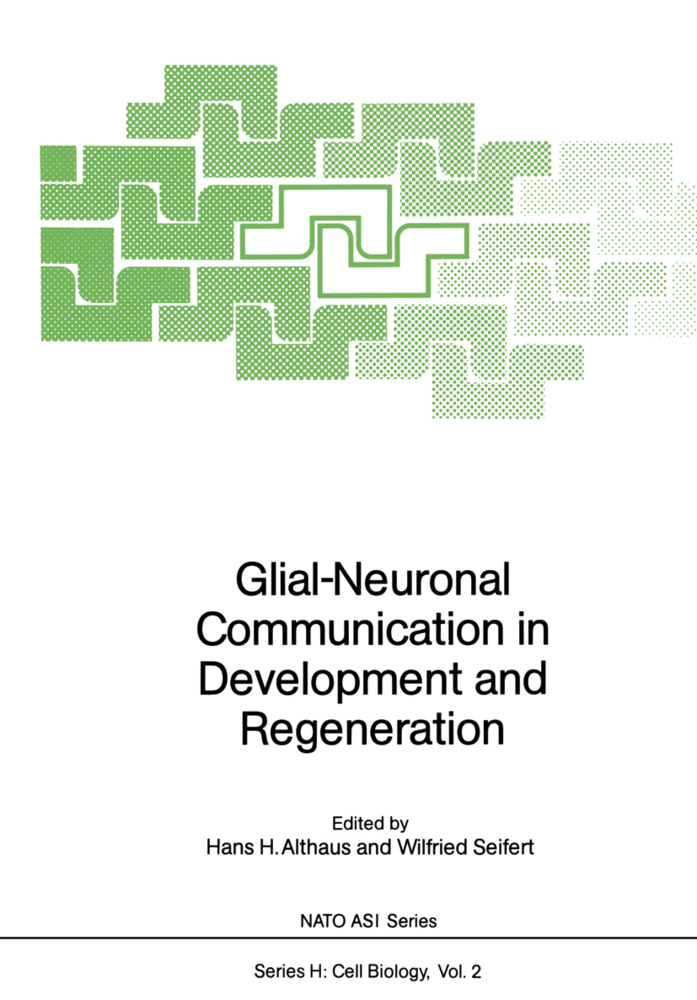Physiology of Elasmobranch Fishes
Physiology of Elasmobranch Fishes
There can be little doubt that, to use the parlance of the advertising world, the elasmobranch fishes have a "high profile image" in today's world. To most mem bers of the general public they are seen as terrors of the deep, perfect aquatic predators, and the stars (or more acurately, the villains) of major Hollywood movie films and innumerable television nature programmes. Such an image belies the fact that the vast majority of elasmobranch species feed on invertebrates and that, for man, the threat from shark attack is infinitesimal compared with even being struck by lightning! Similarly, there can be few biologists who have not carried out the classic vertebrate dissection of the dogfish at some stage early in the formative years of their scientific education. Yet elasmobranch species make up only a small proportion, perhaps little more than I %, of all vertebrates, and there are probably nearly 50 times as many teleost species as there are elasmobranchs. It is also curious that, as subjects for modern research, elasmobranchs seem to be chosen sometimes for their unique physiological characteristics and at other times because they represent excellent model systems for the study of some general process. Equally, it is for both these, seemingly contradictory, reasons that this book was proposed.
1.2 Gas Exchange
1.3 Control of the Cardiovascular and Respiratory Systems
1.4 Supply of and Demand for Oxygen: Integrated Responses of the Respiratory and Cardiovascular Systems
References
2 The Central Nervous System
2.1 The Plan of the Elasmobranch Central Nervous System
2.2 Control of Motor Behaviour
2.3 Central Analysis of Sensory Information
2.4 Concluding Remarks
References
3 Sensory Physiology
3.1 Olfactory System
3.2 Visual System
3.3 Octavolateralis System
References
4 Muscles and Locomotion
4.1 General Organization of the Locomotor System
4.2 The Locomotor Muscle Fibres
4.3 Physiology
4.4 Buoyancy and Lift
4.5 Swimming
4.6 Concluding Remarks
References
5 The Autonomic Nervous System
5.1 Anatomy of the Autonomic Nervous System
5.2 Chromaffin Tissue
5.3 Circulatory System
5.4 The Spleen
5.5 Gut
5.6 Uro-Genital Organs
5.7 The Iris
5.8 Concluding Remarks
References
6 Salt and Water Balance - Extrarenal Mechanisms
6.1 Overall Hydromineral Status
6.2 The Retention of Urea and TMAO
6.3 Water Fluxes and Permeabilities
6.4 Ion Fluxes and Permeabilities
6.5 Elimination of Excess Ions
6.6 Rectal Gland
6.7 Euryhaline and Freshwater Elasmobranchs
6.8 Osmoregulation During Development
References
7 Kidney Function
7.1 Gross Morphology
7.2 Blood Supply
7.3 Microanatomy of the Nephron
7.4 Kidney Function
7.5 Control of Kidney Function
References
8 Acid-Base Regulation
8.1 Steady-State Acid-Base Regulation
8.1.1 Release of Acid-Base-Relevant Substances
8.1.2 Steady-State Acid-Base Status
8.1.3 Imidazole Alphastat Regulation
8.2 Acid-Base StressConditions
8.3 Site and Utilization of Transepithelial Ion Transfer Mechanisms
8.4 Conclusion
References
9 Nitrogen Metabolism
9.1 Nature and Routes of Excretion
9.2 Biochemical Pathways of Formation
9.3 Urea Toxicity and Counteraction by Trimethylamine oxide
9.4 Physiological and Evolutionary Adaptations of Nitrogen Metabolism for Osmoregulation
9.5 Amino Acids and Intracellular Osmoregulation
References
10 Reproductive Physiology
A The Female
B The Male
References.
1 Cardiovascular and Respiratory Systems
1.1 Functional Morphology of the Cardiovascular and Respiratory Systems1.2 Gas Exchange
1.3 Control of the Cardiovascular and Respiratory Systems
1.4 Supply of and Demand for Oxygen: Integrated Responses of the Respiratory and Cardiovascular Systems
References
2 The Central Nervous System
2.1 The Plan of the Elasmobranch Central Nervous System
2.2 Control of Motor Behaviour
2.3 Central Analysis of Sensory Information
2.4 Concluding Remarks
References
3 Sensory Physiology
3.1 Olfactory System
3.2 Visual System
3.3 Octavolateralis System
References
4 Muscles and Locomotion
4.1 General Organization of the Locomotor System
4.2 The Locomotor Muscle Fibres
4.3 Physiology
4.4 Buoyancy and Lift
4.5 Swimming
4.6 Concluding Remarks
References
5 The Autonomic Nervous System
5.1 Anatomy of the Autonomic Nervous System
5.2 Chromaffin Tissue
5.3 Circulatory System
5.4 The Spleen
5.5 Gut
5.6 Uro-Genital Organs
5.7 The Iris
5.8 Concluding Remarks
References
6 Salt and Water Balance - Extrarenal Mechanisms
6.1 Overall Hydromineral Status
6.2 The Retention of Urea and TMAO
6.3 Water Fluxes and Permeabilities
6.4 Ion Fluxes and Permeabilities
6.5 Elimination of Excess Ions
6.6 Rectal Gland
6.7 Euryhaline and Freshwater Elasmobranchs
6.8 Osmoregulation During Development
References
7 Kidney Function
7.1 Gross Morphology
7.2 Blood Supply
7.3 Microanatomy of the Nephron
7.4 Kidney Function
7.5 Control of Kidney Function
References
8 Acid-Base Regulation
8.1 Steady-State Acid-Base Regulation
8.1.1 Release of Acid-Base-Relevant Substances
8.1.2 Steady-State Acid-Base Status
8.1.3 Imidazole Alphastat Regulation
8.2 Acid-Base StressConditions
8.3 Site and Utilization of Transepithelial Ion Transfer Mechanisms
8.4 Conclusion
References
9 Nitrogen Metabolism
9.1 Nature and Routes of Excretion
9.2 Biochemical Pathways of Formation
9.3 Urea Toxicity and Counteraction by Trimethylamine oxide
9.4 Physiological and Evolutionary Adaptations of Nitrogen Metabolism for Osmoregulation
9.5 Amino Acids and Intracellular Osmoregulation
References
10 Reproductive Physiology
A The Female
B The Male
References.
Shuttleworth, Trevor J.
| ISBN | 978-3-642-73338-3 |
|---|---|
| Medientyp | Buch |
| Copyrightjahr | 2012 |
| Verlag | Springer, Berlin |
| Umfang | XII, 324 Seiten |
| Sprache | Englisch |

